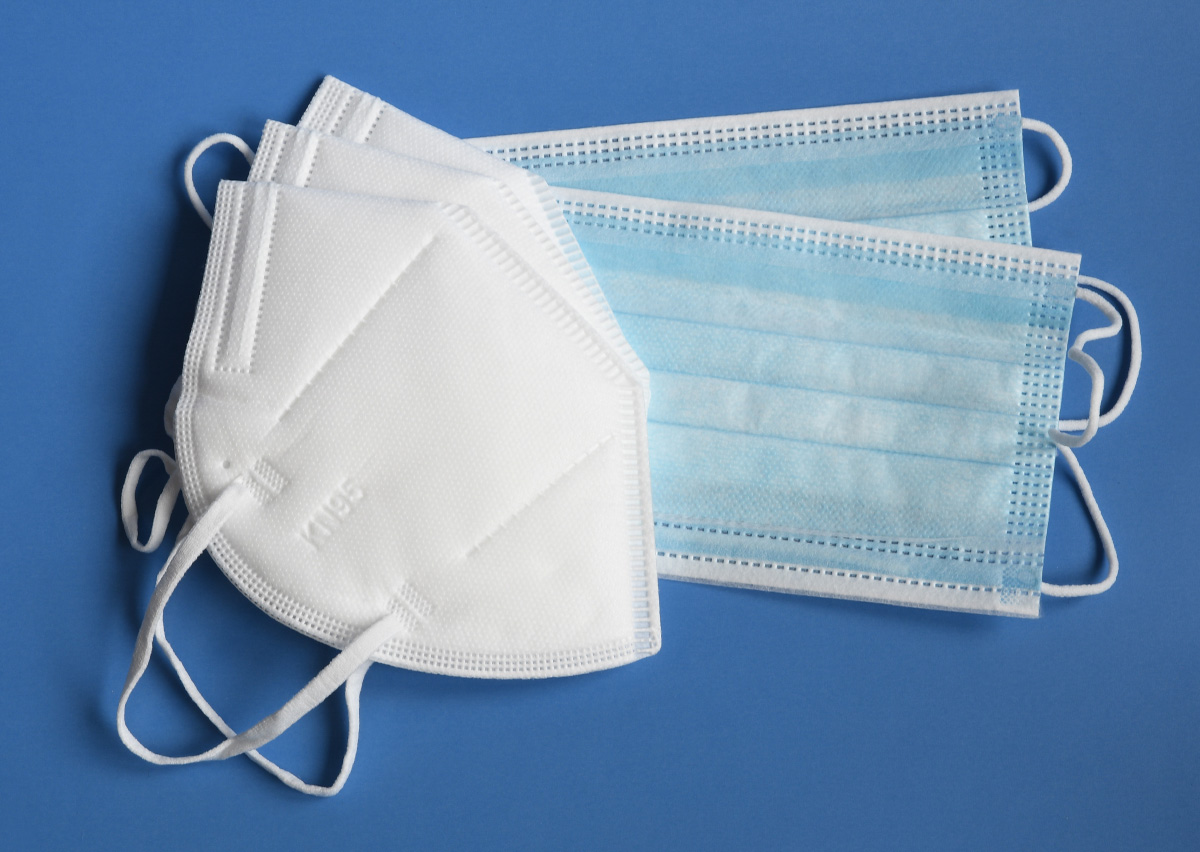Sepsis is the body's overwhelming response to infection and can lead to tissue damage, organ failure, and death. According to the Centers for Disease Control and Prevention, anyone can get an infection, and any infection can lead to sepsis, including bacterial infections such as Staphylococcus aureus and Escherichia coli, as well as viral infections such as COVID-19 or influenza.
According to the Sepsis Alliance, more than 1.7 million adult Americans develop sepsis each year, and approximately 30% of those diagnosed with severe sepsis do not survive. Among survivors, up to half develop postsepsis syndrome, leading to a shortened life expectancy, impaired cognitive function, and diminished quality of life. Yet it is estimated that 35% of adult Americans have never heard of sepsis.










